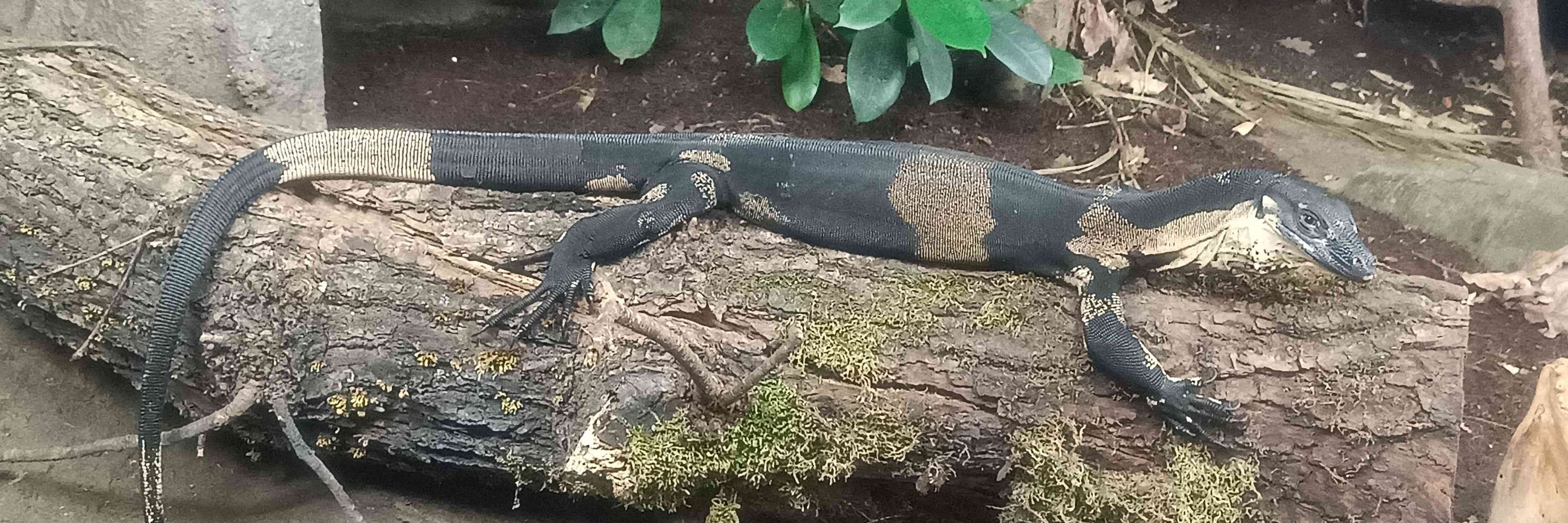plesnercph🇩🇰
@plesnercph.bsky.social
1.4K followers
500 following
2.1K posts
Animal nerd. Ethology. Languages. Etymology. Single malt whisky. Most things science.
The monitor lizard in my banner is a Varanus varius in Copenhagen Zoo.
Posts
Media
Videos
Starter Packs
















